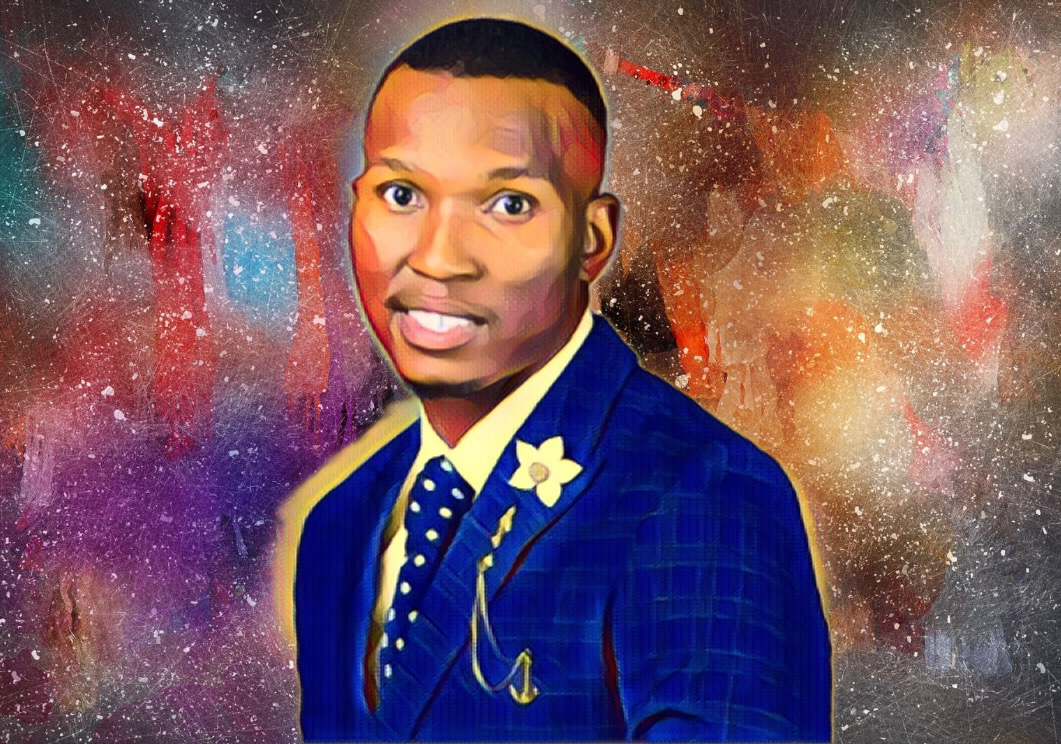Zimdancehall musician Emegy Chizanga, popularly known as Freeman, found himself at the center of controversy following his alleged association with a deceased armed robber, Godfrey Machingura. Freeman, who has been a subject of social media speculation and public scrutiny, appeared before the CID Homicide division on Tuesday to clarify the nature of his relationship with Machingura.
Machingura, who was gunned down by police last month after a series of robbery cases, had been photographed with Freeman. These images, which widely circulated on social media platforms, raised questions about Freeman’s involvement or knowledge of Machingura’s criminal activities.
Freeman’s legal representative, Dumisani Mthombeni, emphasized his client’s innocence and cooperation with the ongoing police investigations. “Freeman voluntarily appeared at Harare Central police station this morning to clarify his position and assist with the investigations. Contrary to some social media reports, he was not picked up by the police but went there on his initiative. He has been fully cooperative, and as his legal counsel, I can confirm his innocence in this matter,” Mthombeni stated.
This is not the first time Freeman has been questioned regarding his connections to individuals involved in criminal activities. In 2021, he was interrogated following the death of Charles Chirara, another armed robber, who was shot by ex-cop Joseph Nemasisi in a botched robbery. These recurring incidents have brought Freeman’s associations under scrutiny, with the public and law enforcement keenly observing his connections.
Mthombeni clarified that Freeman’s relationship with Machingura was strictly professional. “Machingura was a music promoter who had been in contact with Freeman’s management since 2017. He sponsored Freeman’s first music show in Durban. Their interaction was limited to professional engagements, and Freeman had no knowledge of Machingura’s alleged criminal activities,” he explained.
The controversy surrounding Freeman highlights the delicate nature of public figures’ associations, particularly in the entertainment industry. While artists often interact with a diverse range of individuals as part of their profession, these connections can sometimes lead to unintended implications, especially when those individuals are involved in unlawful activities.
The situation also underscores the role of social media in shaping public perception. Images and online discussions can often lead to misinformation or assumptions about an individual’s character or actions. It is a reminder of the need for careful consideration and verification before drawing conclusions based on online content.
In conclusion, Freeman’s situation presents a complex scenario where public perception, legal implications, and the nuances of professional relationships intersect. While Freeman maintains his innocence and cooperates with the authorities, the case serves as a cautionary tale for public figures about the potential implications of their associations. As the investigation continues, it will be crucial to balance public interest with legal procedures and the presumption of innocence until proven guilty.


